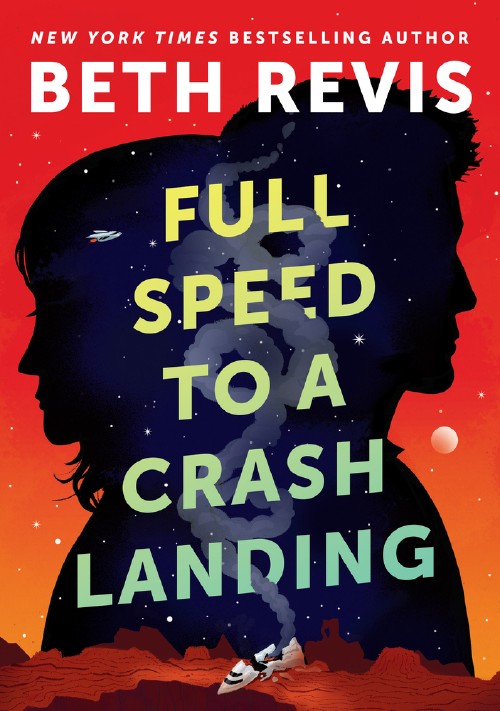Last night, while my son was brushing his teeth and watching the sand timer we use to make sure he brushes them long enough, I was skimming Twitter. I do this more often than I should, I know. Every time my brain senses a down moment it seems I have pulled the device from my pocket, typed in the passcode, and opened the Twitter app before I really thought about what I am doing. I guess this is a problem in and of itself.
This moment was different from other times. As my son alternated between chewing on this Lightning McQueen toothbrush and actually brushing with it, I scrolled my timeline to see a photo of a dead child laying on a beach. I just about threw my phone in my rush to turn it off upon realizing what I was looking at. I am sure that the image related to the immigration crisis facing Europe as people flee war and poverty and hell. I am heartbroken for the child, for the family, for the countries destroying their own futures.
But I did not need to see the photo.
I read recently of the truck found abandoned with 71 immigrants dead inside who had suffocated or starved to death, including some children. I wept for the horror, I raged at the injustice, I definitely had flashes of the fucking torment that it must have been for those people.
I was able to do this without any visuals.
Recently two people were murdered on camera, on a live broadcast. They were just doing their job when a man murdered them in such a way to guarantee their last moments would be spread across the internet.
I did not watch the videos. I will not watch the videos.
If you saw these photos or watched these videos and did so by choice, then I hope you are ok, I am glad you were given agency. If you did so because someone else made a choice that robbed you of agency, I am so sorry.
My son finished brushing his teeth and we got into bed to read a bedtime story. I started to read the story and he stopped me and asked me to hug him; something he rarely does. I very nearly broke down crying at this moment.
Perhaps you can look at a photo of a dead child without it crushing your ability to function. I can’t. I saw my kids in that photo. I felt the pain of losing them; the injustice of all the robbed potential; the fucking evil; the goddamn crime of an innocent life lost. Even now I am crying just typing these words.
My son asked for a hug; a moment that should have been sweet and delightful for its novelty, but because someone had chosen to post a goddamn photo of a dead child and someone else had decided to retweet that photo, a 30 second skim down my timeline had wrecked me. I was not thinking about the sweetness of the moment. I was thinking about how fucking awful it would be to never hug him again.
I guess part of being social creatures and interacting with other humans is sacrificing control. I never know what others will do moment to moment, I can only hope that the choices they make are positive for everyone. The platforms and networks we are building today just change the scope of our actions in large ways that many smart people have called out. Unfortunately, those smart people don’t seem to be getting through to the people who are doing the building. And so we, the technology builders, build products that assume the best case and consistently break down in the worst case.
Facebook and Twitter and Google and all these other web companies desire attention and measure engagement and run tests to increase engagement. Engagement, in this context, is a positive term for keeping people from doing other things. This is possibly ok for the positive aspects of life but it seems particularly sinister when we’re faced with dead children and murdered journalists.
These issues are not going away and I’m not sure we can consider them edge cases anymore, if ever that was a justifiable position at all. The world sucks. There is so much shit to wade through. Rather than designing for the best case, and then being surprised when people are constantly finding themselves in less than best-case usages, maybe we could design for reality.
Reality, to me, begins with the realization that for all the goofy nonsense we pass around on the internet, there is also a ton of really heavy, horrible stuff. This is not just images of dead kids; it’s also hateful and horrible ideas that dehumanize, abuse aimed at specific targets or broad groups, even things that can feel benign to someone but extremely triggering to another person. It’s not that hard to start designing with these issues in mind; a simple first step might include assuming that the content in tweets and status updates should be viewed voluntarily instead of automatically. We can work forward from there.
But this “simple” change is difficult because engagement is the name of the game, and if we are given agency in what we choose to view, we might opt out. What if engagement goes down?
Moments like tonight make me question the entire system. Am I really getting enough value from social media to keep risking events like this? It’s an open question, and I know that I’m not the only one asking it. I know that realistically, I’m one of the last to be publicly asking it. Marginalized people suffer so much for being on these networks. Those struggling with PTSD or severe anxiety or phobias risk triggers every time they scroll their timeline. There is so much value in having a larger network around the world, but right now it feels like all the product makers are banking on that value outweighing the significant risks.
I don’t think these risks are worth it, nor do I think they are inherent to the platforms. But until the people building the platforms and enabling the networks start seeing this, we’re all at risk of being robbed of our agency by the choices of others. Fuck that, tbh.
I’m going to go hug my kid again, I think.



